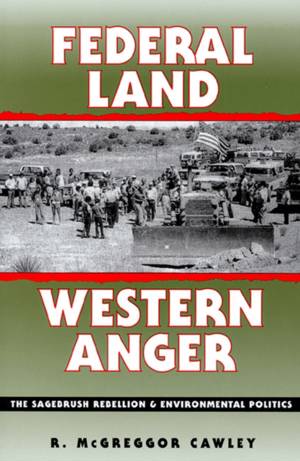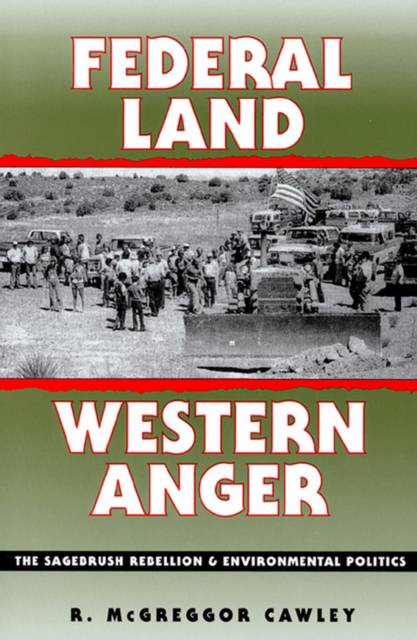
Je cadeautjes zeker op tijd in huis hebben voor de feestdagen? Kom langs in onze winkels en vind het perfecte geschenk!
- Afhalen na 1 uur in een winkel met voorraad
- Gratis thuislevering in België vanaf € 30
- Ruim aanbod met 7 miljoen producten
Je cadeautjes zeker op tijd in huis hebben voor de feestdagen? Kom langs in onze winkels en vind het perfecte geschenk!
- Afhalen na 1 uur in een winkel met voorraad
- Gratis thuislevering in België vanaf € 30
- Ruim aanbod met 7 miljoen producten
Zoeken
€ 30,95
+ 61 punten
Omschrijving
In 1979 the Nevada state legislature passed a bill providing for state control of certain lands within the state boundaries under the administration of the Bureau of Land Management. Arizona, New Mexico, Utah, and Wyoming immediately followed suit. Public land users reacted swiftly and the Sagebrush Rebellion was on. Westerners, driven by the sheer size of the federal estate (99 percent of BLM lands are located in twelve western states) and angered by what they perceived as undue influence by the environmental movement on federal policies, sought to protect and control the resource and recreational use of public lands that they deemed essential to their state economies. In this book, R. McGreggor Cawley objectively investigates the Rebellion, looking at the driving force behind the movement, the strategies used by the Rebels, and the consequences of the controversy. He examines how the definitions of key federal land management concepts, such as conservation, influenced policymaking and explores tensions that pitted the West against other regions and the federal government. In the process, he analyzes James Watt's beleaguered tenure as secretary of the interior and the Reagan administration's proposal to sell federal lands and shows how the conflict created an unexpected division within the environmental movement. Going beyond the Rebellion, Cawley offers provocative interpretation of events in federal land policy from the 1960s to the 1990s and establishes a framework for assessing future developments in federal land policy.
Specificaties
Betrokkenen
- Auteur(s):
- Uitgeverij:
Inhoud
- Aantal bladzijden:
- 208
- Taal:
- Engels
- Reeks:
Eigenschappen
- Productcode (EAN):
- 9780700608041
- Verschijningsdatum:
- 10/11/1993
- Uitvoering:
- Paperback
- Formaat:
- Trade paperback (VS)
- Afmetingen:
- 153 mm x 231 mm
- Gewicht:
- 312 g

Alleen bij Standaard Boekhandel
+ 61 punten op je klantenkaart van Standaard Boekhandel
Beoordelingen
We publiceren alleen reviews die voldoen aan de voorwaarden voor reviews. Bekijk onze voorwaarden voor reviews.









